What are pueblos? Pueblo is the Spanish word for “village” or “town.” In the Southwest, a pueblo is a settlement that has houses made of stone, adobe, and wood. The houses have flat roofs and can be one or more stories tall. Pueblo people have lived in this style of building for more than 1,000 years.
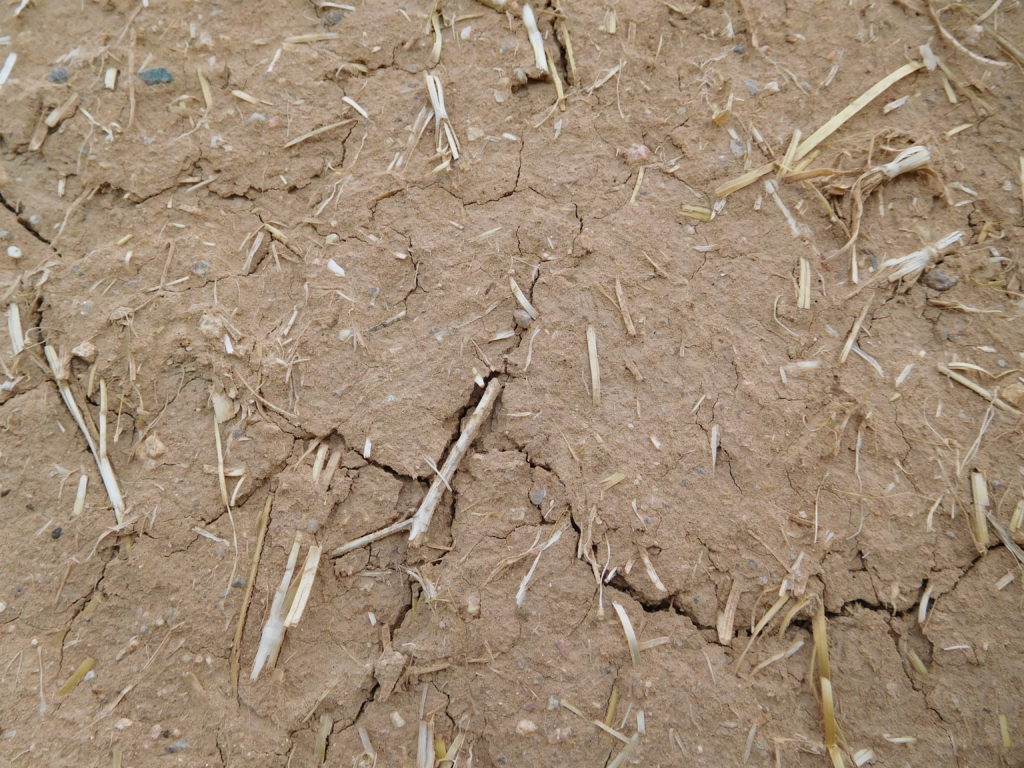
My Tour of New Mexico
A Tauck Tour had been on my bucket list for many years. These tours are pricey because they stay in the best hotel or resort in each location. Just once, I thought I would like to try it and so I did. I chose the 8-day New Mexico: Land of Enchantment tour.
The tour started and ended in Albuquerque, NM. We visited Taos and Santa Fe and many fascinating stops along the way. This post focuses on the pueblos of New Mexico.
Indian Pueblo Culture Center
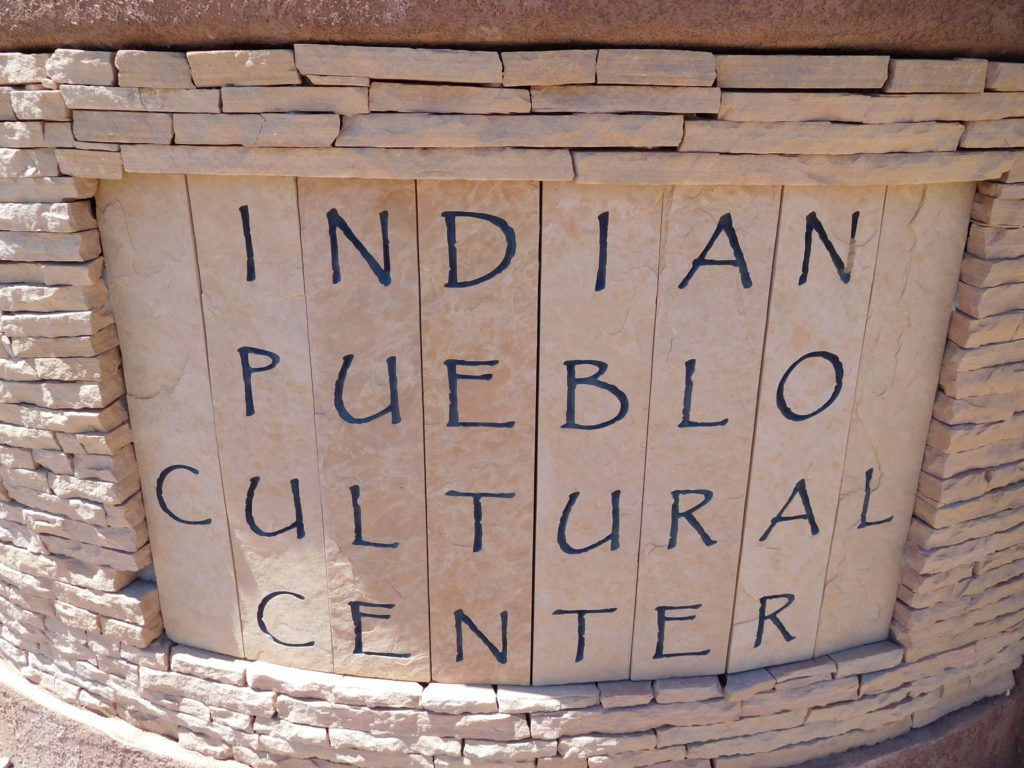
There are 19 Pueblo tribes in New Mexico. Each pueblo is a sovereign nation. Pueblo people have preserved their identity in the face of multiple colonizing nations, and today, as always, value their identity and traditional ways of life. At the same time, Pueblo people live in modern houses, working and living both on and off their reservations.
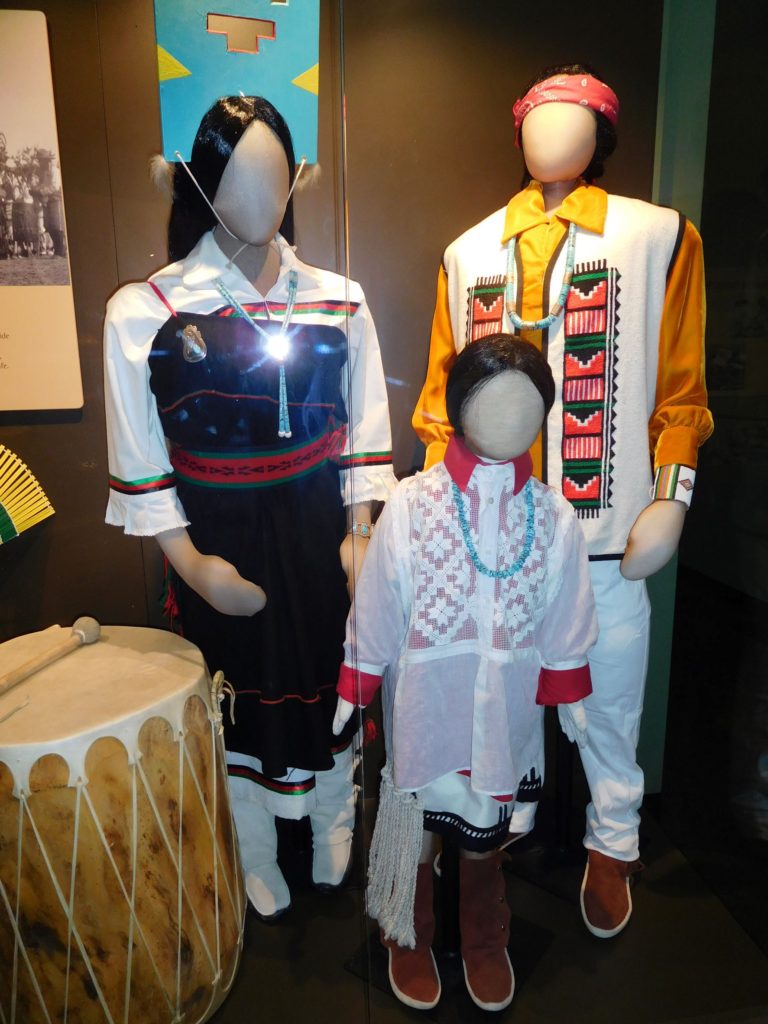
Bandelier National Monument & Cliff Dwellings
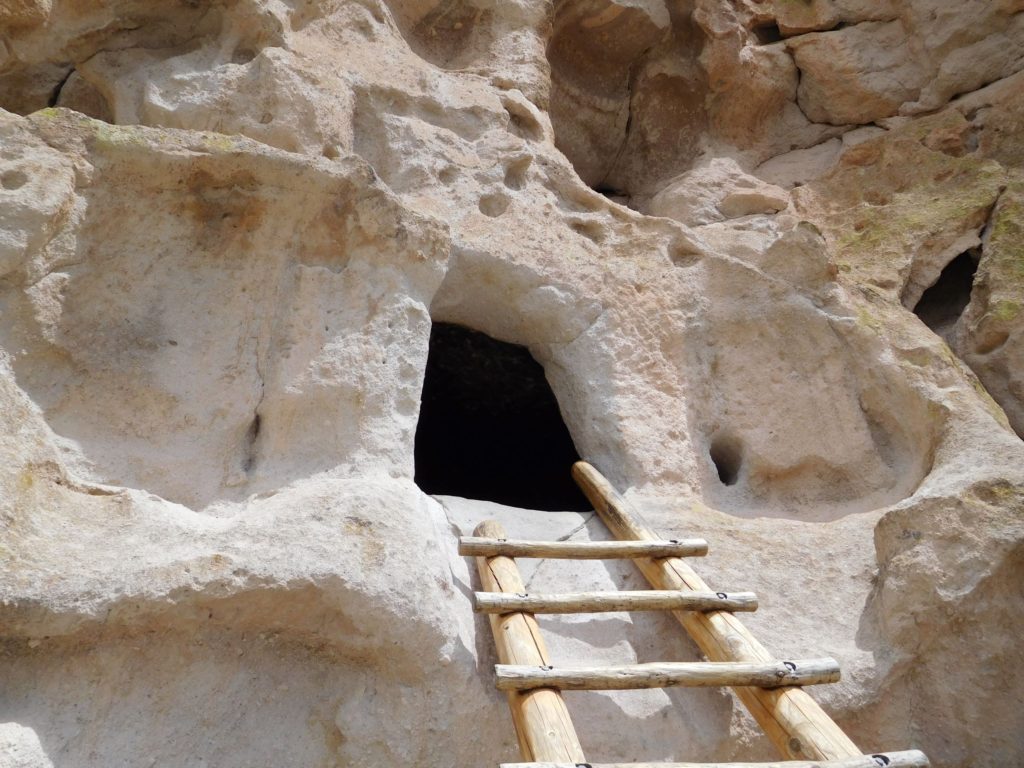
The Bandelier National Monument contains 10,000 years of cultural history. It is a living, nationally protected area of 33,000 acres of designated wilderness. The monument includes canyons, mesas and ancient cliff dwellings dating back to 1150 AD.
The Pueblo of Jemez Welcome Center, NM
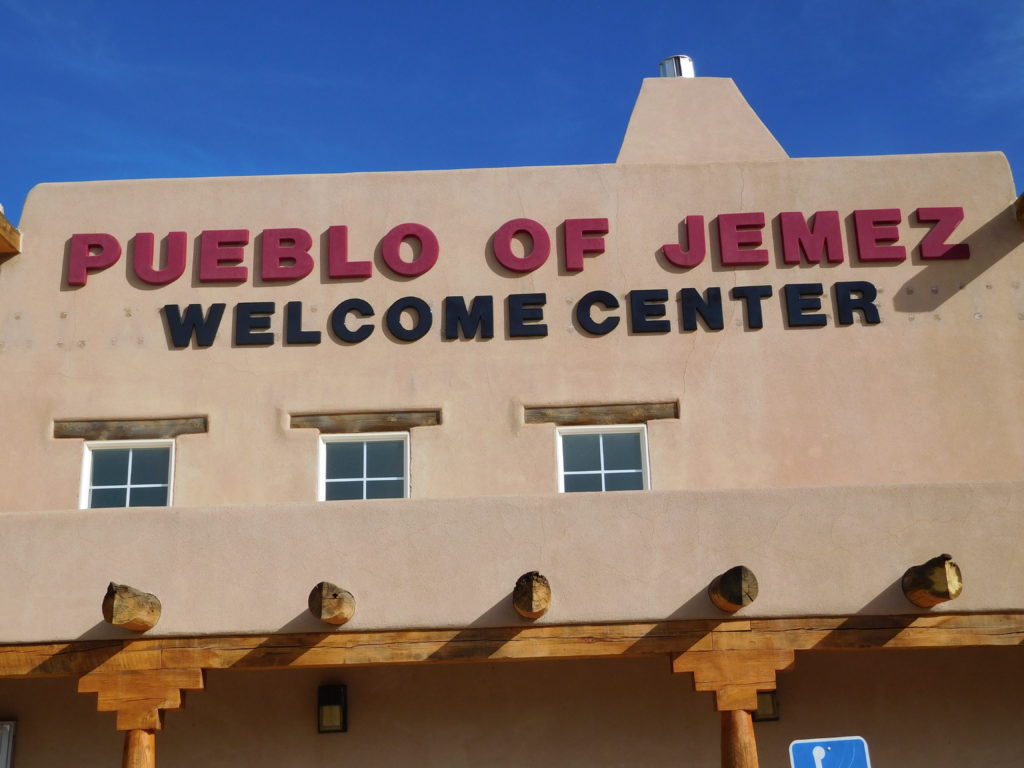
The Pueblo of Jemez is a federally recognized tribe located in north-central New Mexico, approximately 50 miles northwest of Albuquerque. It is one of the remaining 19 pueblos of New Mexico, encompassing over 89,000 acres of land. Above all, it is home to over 3,400 tribal members. The people of Jemez cherish their ancestral traditions and are proud to integrate their culture with modern society.
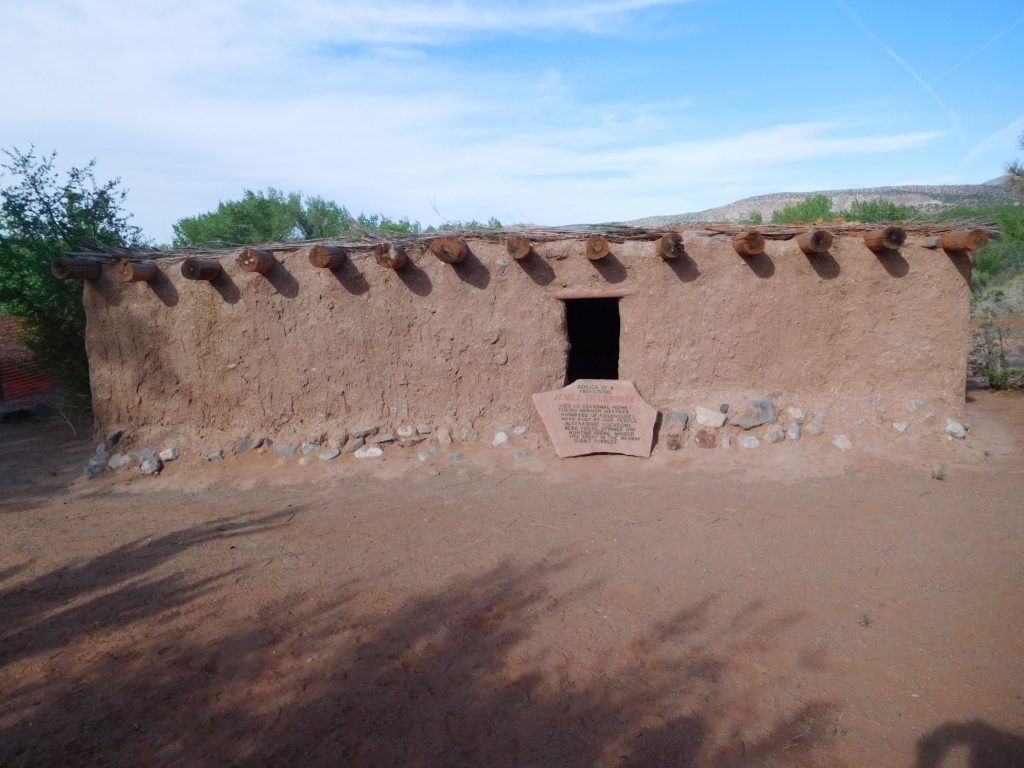
The Welcome Center has a replica of a pre-historic Jemez Fieldhouse used as a seasonal home during warmer weather. They built hundreds of fieldhouses in strategic locations near fields, springs and hunting areas. Furthermore, they spent winter in nearby giant pueblos.
Santurario de Chimayo
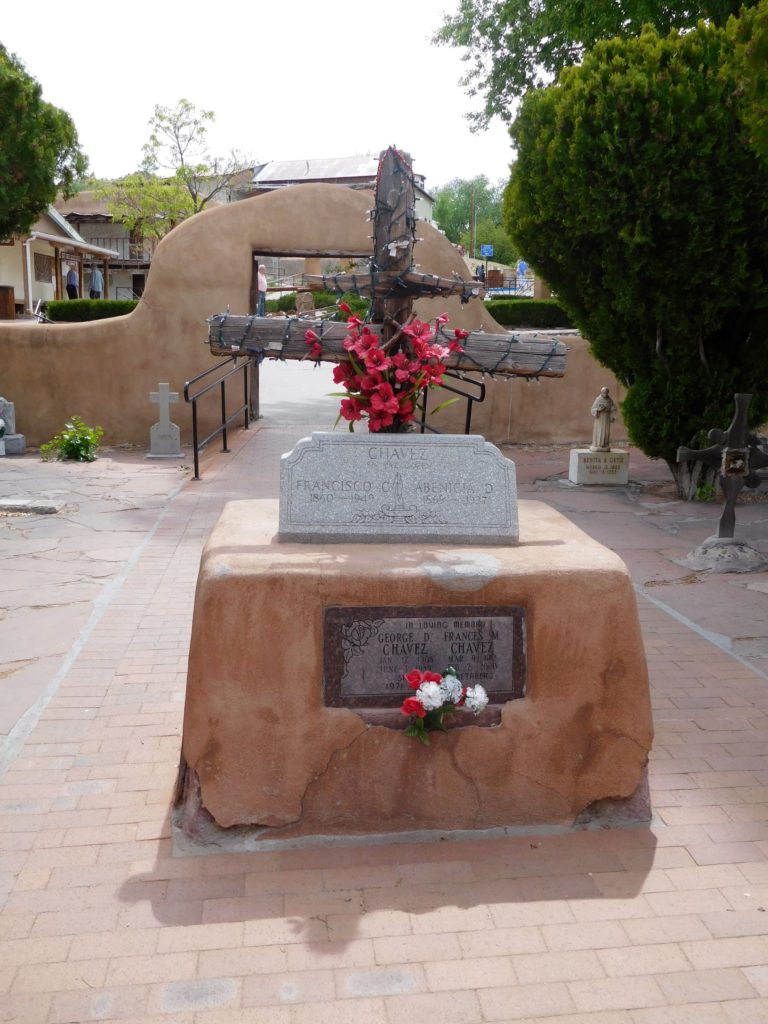
In 1816, Bernardo Abeyta and other residents of El Potrero, then a separate community, finished this massive adobe chapel, noted for its 6-foot crucifix and its tradition of healing the sick. It remained the Abeyta family until the 1920s.
Rancho de Chimayo
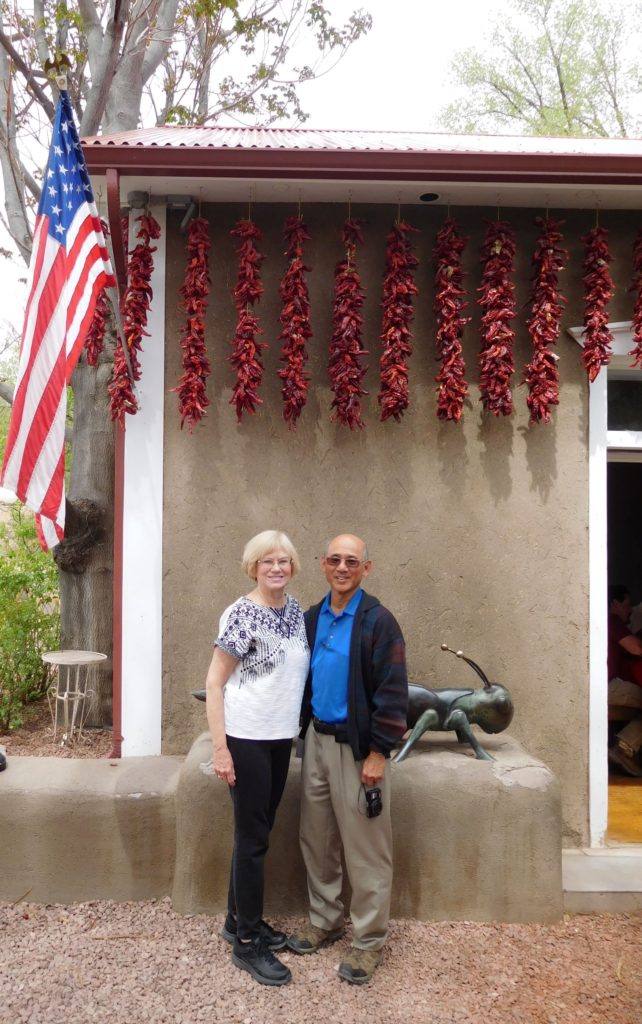
San Francisco de Asis Mission Church
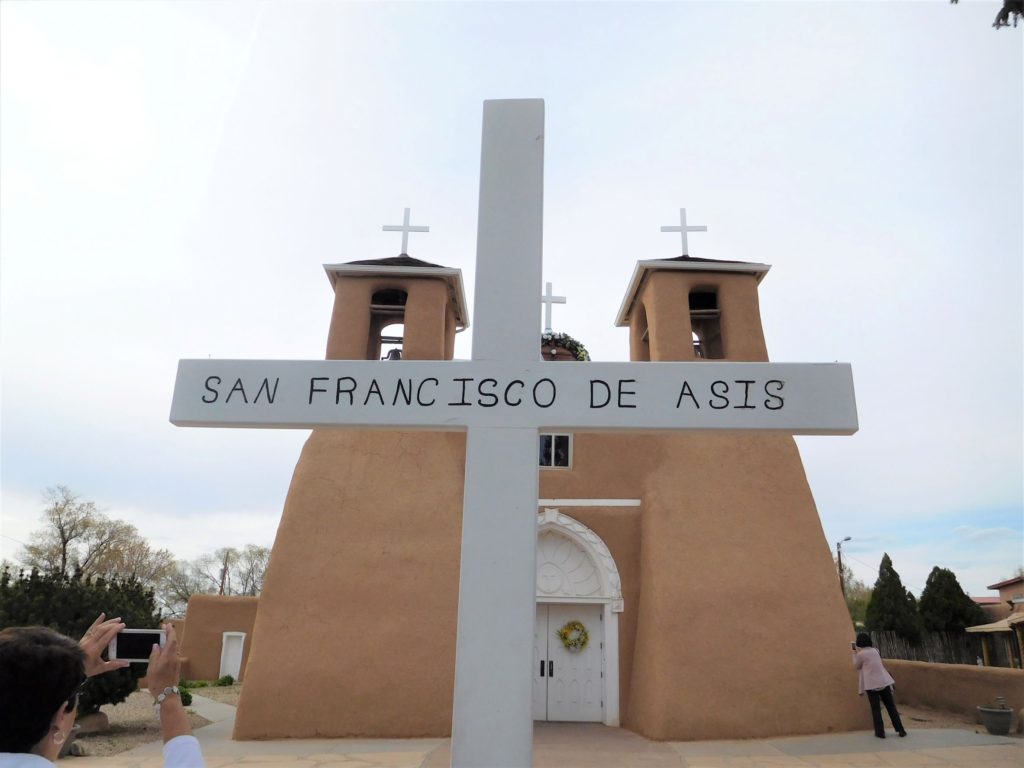
San Francisco de Asís Mission Church is a historic and architecturally significant building on the main plaza of Ranchos de Taos, New Mexico, about 4 miles south of Taos. It was originally the center of a small Mexican and Indian 18th Century agricultural community. Built between 1772 and 1816, it replaced an earlier church in that location.
San Francisco de Asís is an adobe National Historic Landmark, completed in the early 1800s. It is an active church. Constructed of mud and straw sun-dried adobe bricks, (adobe) this church still stands as one of the few original buildings in Taos.
San Francisco de Asís is a living testament to the strong faith and sincere devotion of Hispanic Catholic generations who have managed to carry their religious traditions forward to the present day.
Taos Pueblo, NM
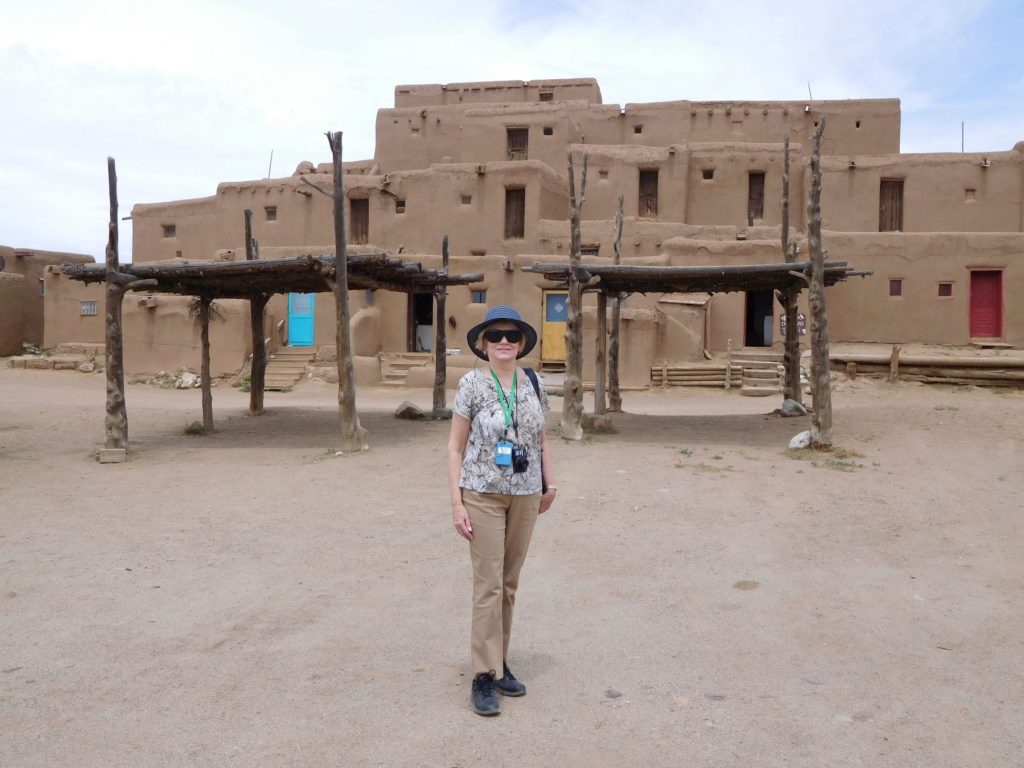
This is an ancient pueblo belonging to a Taos-speaking Native American tribe of Puebloan people. It lies about 1 mile north of the modern city of Taos, New Mexico. The pueblos are considered to be one of the oldest continuously inhabited communities in the United States.
The Red Willow people of the Taos Pueblo welcome visitors as they have for over 1000 years. To visit the living village is to walk into a sacred place where life continues from the earliest of human existence. That is to say, little has changed here in the high desert village.
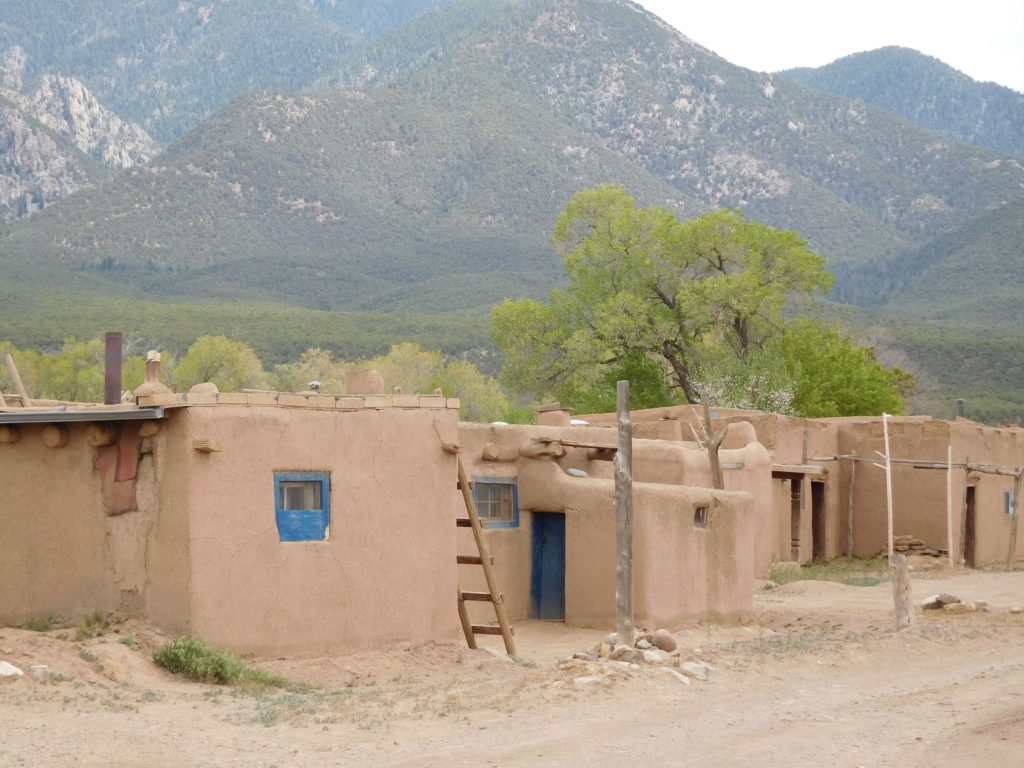
Approximately 150 people live within the Pueblo full time. The people of Taos Pueblo have a detailed oral history that is not divulged due to religious privacy.
Although photos for personal use are allowed, you may not take photos of tribal members without permission. I got caught taking a photo with a tribal member in the background and was told “no”!
Summary
In conclusion, if you enjoy learning about early civilizations, you will love visiting the historic pueblos. Walking the grounds and seeing them up close is awesome and can be a spiritual experience.
Be sure to check out my YouTube Channel at Sandy Over 70!

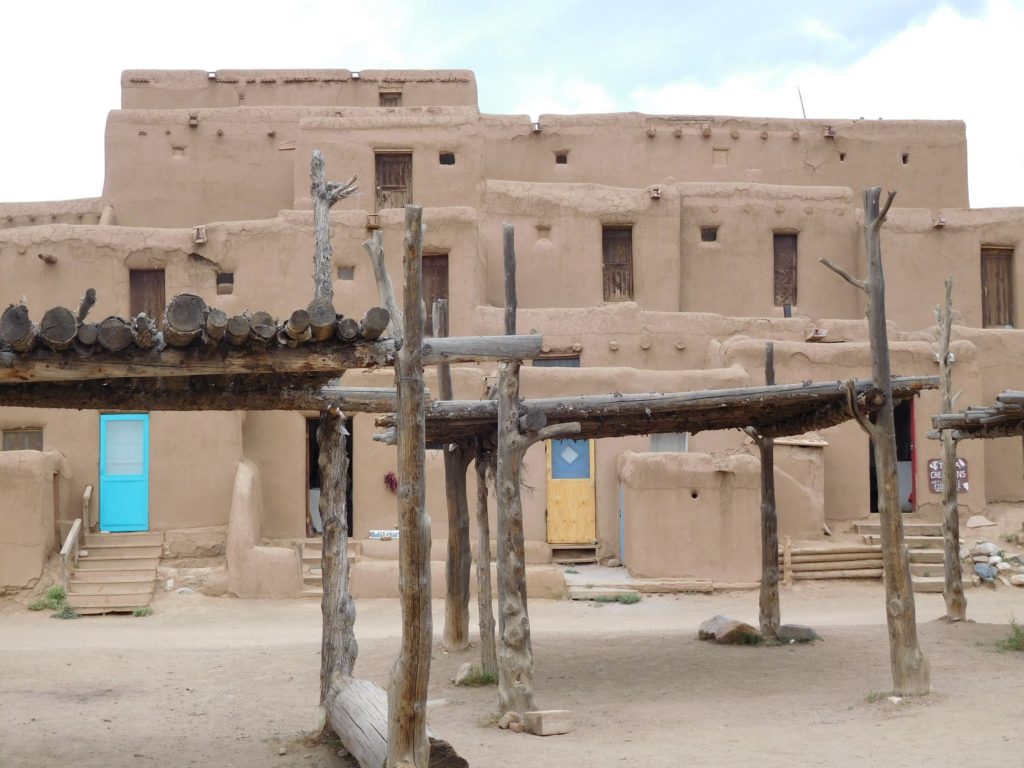
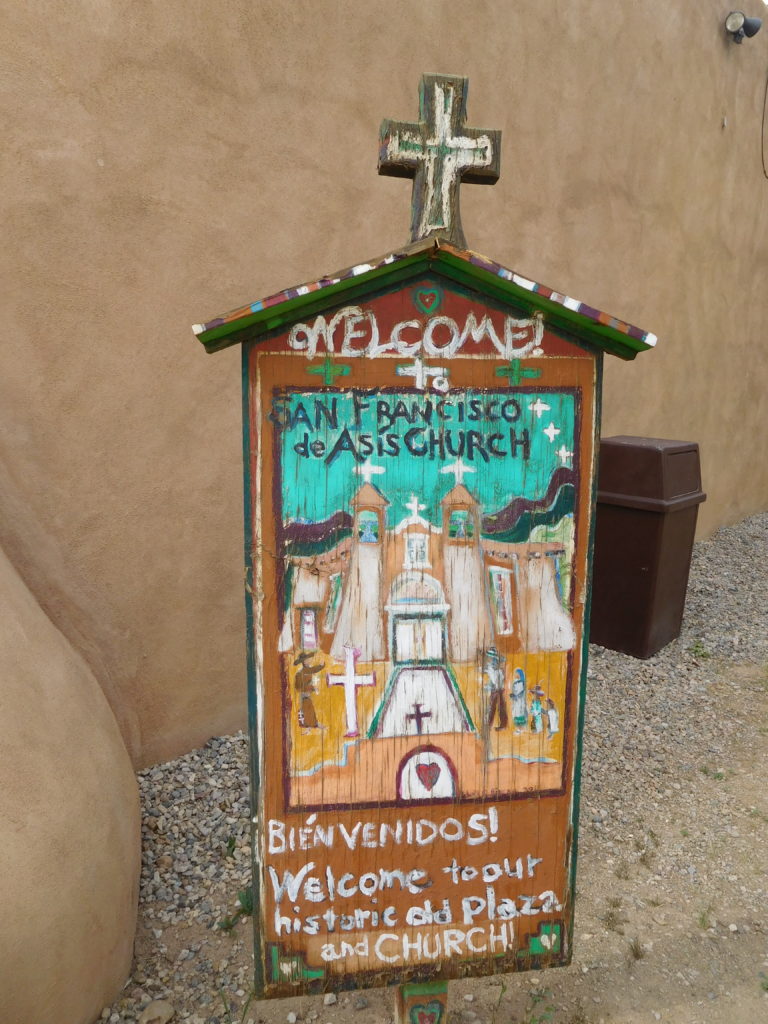
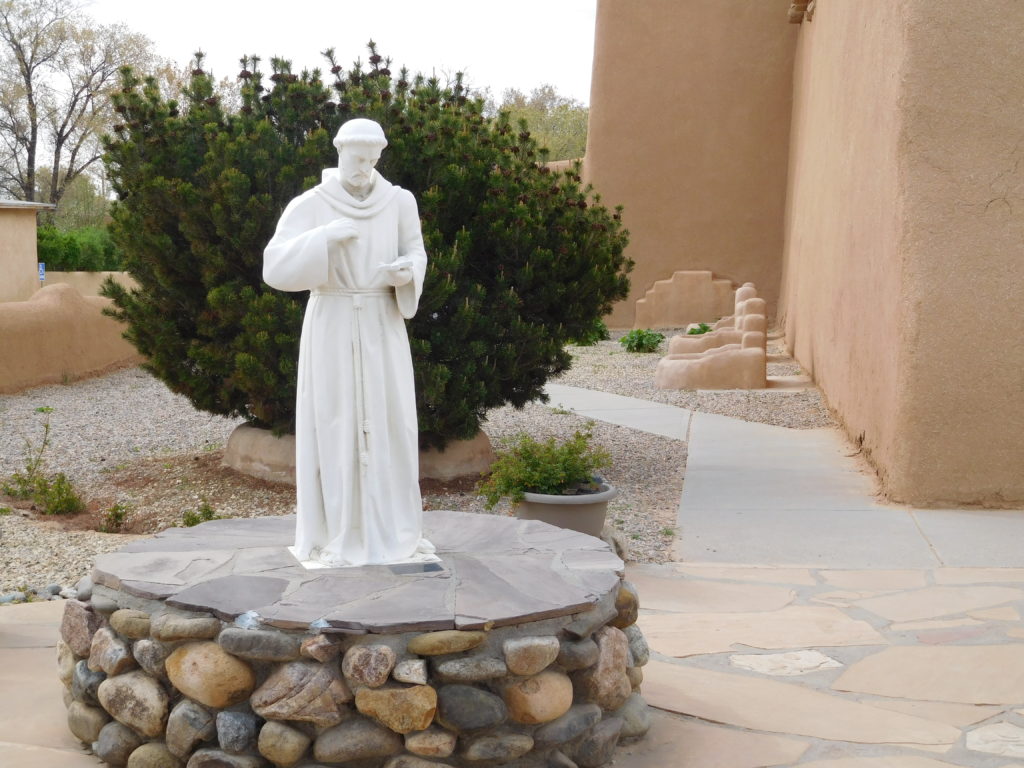
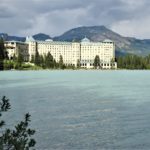
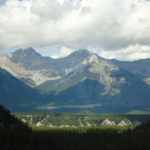
What an interesting part of our country, the history is amazing.
Glad you enjoyed it!
We have visited several pueblos in Arizona and loved them. There were places where you could actually feel the energy of the ancient peoples who lived there.
I believe that. These are spiritual places.
Awesome! I live in New Mexico, and you hit some great spots in the middle part of the state; come back to see the rest!
Rancho de Chimayo is one of my favorite places to eat.
How did I miss all this when I was in NM!??!?!? I am so mad! This post has such great suggestions and beautiful photos.. Now i MUST return to NM and follow your itinerary.
I love how people find so many cool places to explore. This is just another great idea added to my list. And the fact that you stayed in “upgraded” accommodations? That’s my kind of travel.
This was interesting to read. Did you happen to find out why so many pueblos have tiny (or no) windows? I wonder if it’s for insulation purposes to keep the heat out or if there is another reason.
It was for security.
Very interesting information!
Fascinating read! I haven’t been to New Mexico but the history of the area seems pretty cool.
This is such a wonderful post, you have beautiful photos and information 🙂
This is so interesting. I love adobe buildings!
What an amazing experience! The history and culture around the pueblos are incredible.
Thanks for sharing your travel experiences! And letting me see the history and culture of New Mexico.